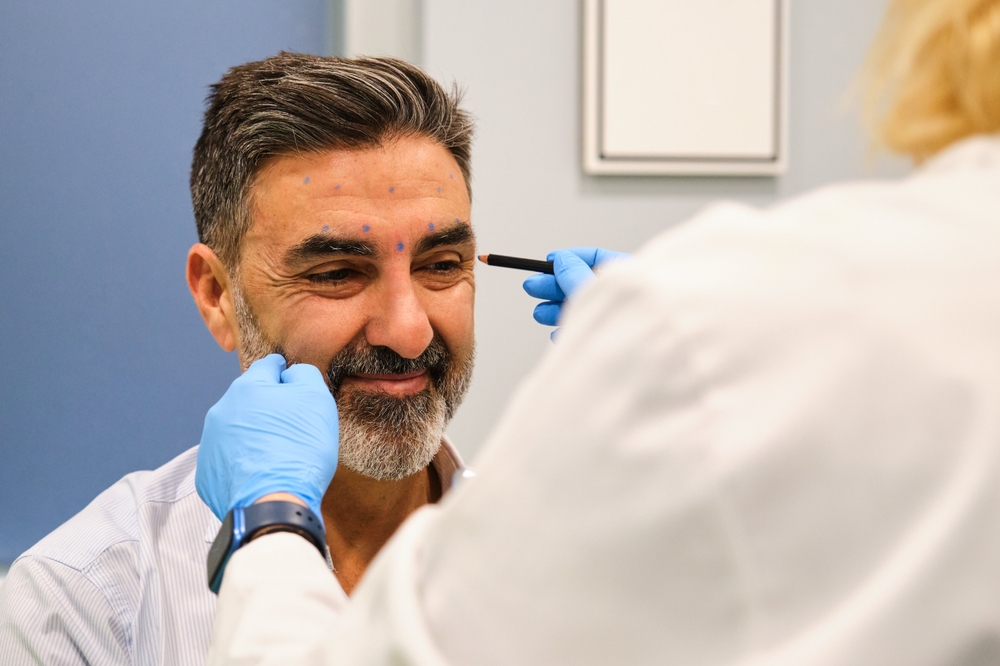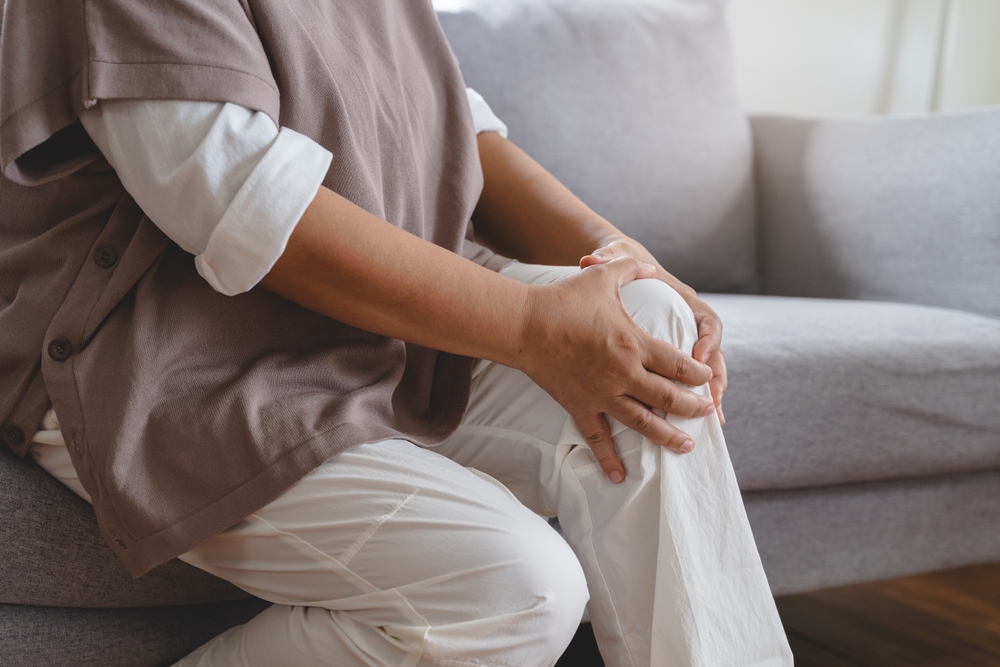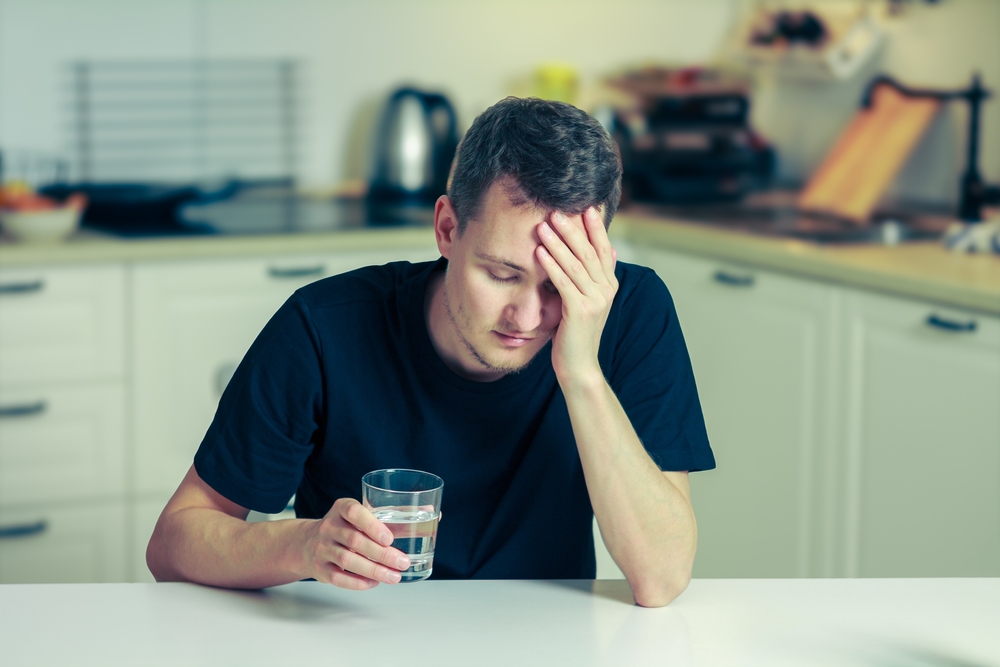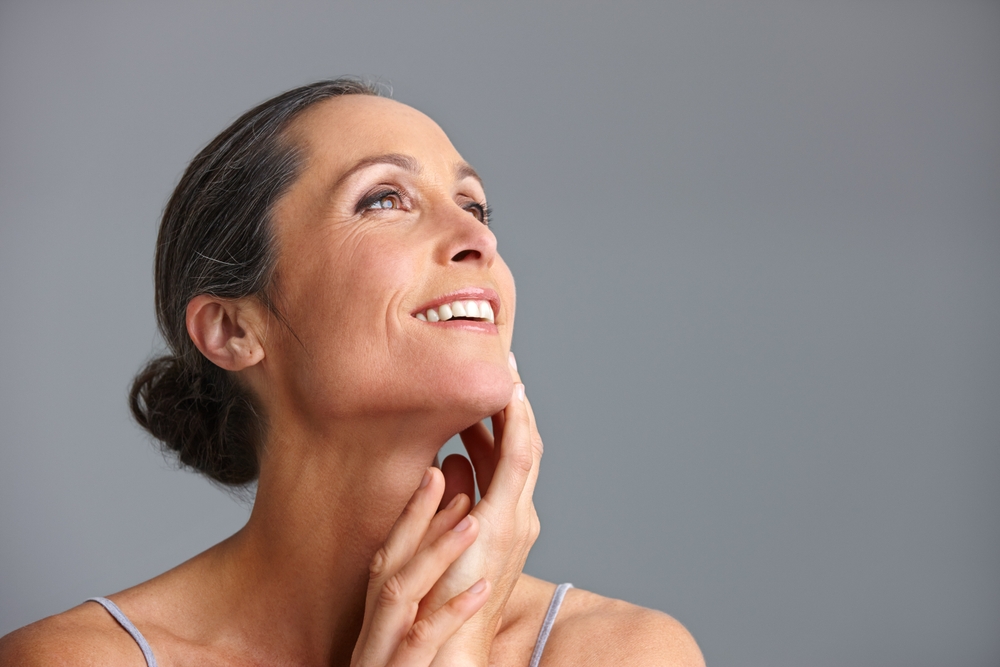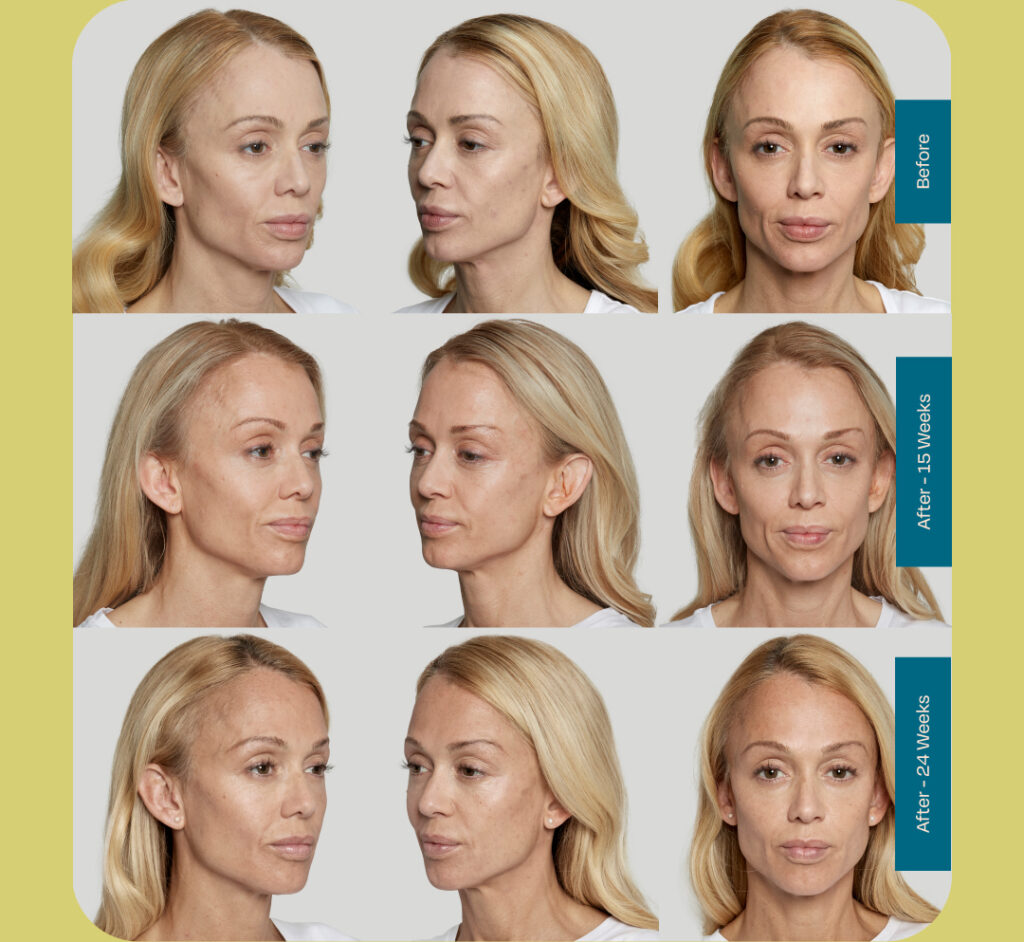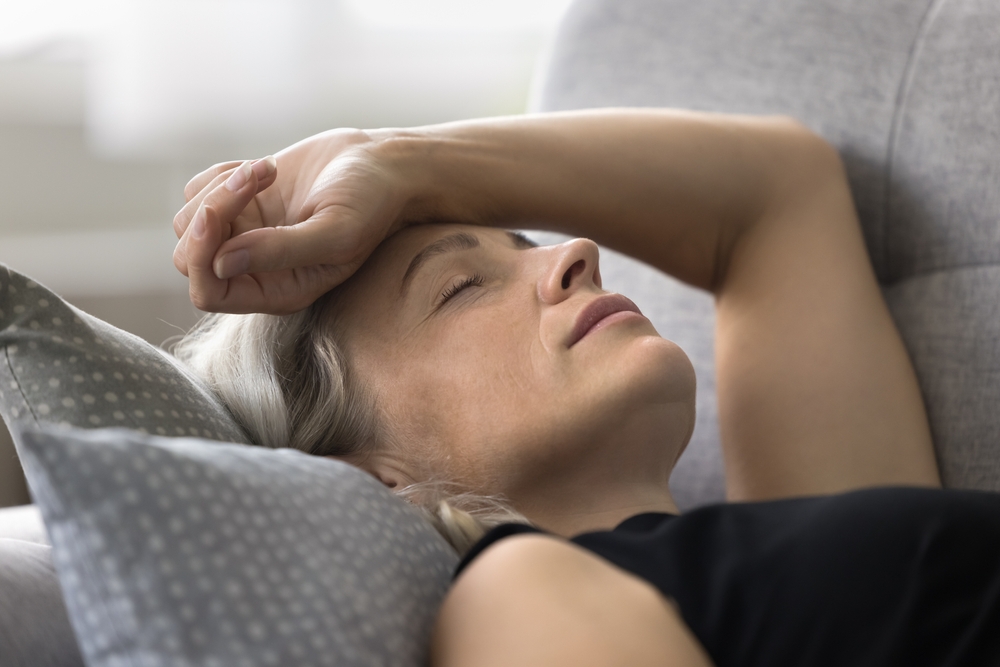Osteoarthritis is the most common form of arthritis. The joint cartilage that normally protects the bones from rubbing together wears down and causes the formation of bone spurs. The most common joints that are affected include the hands, feet, spine, hips and knees. The primary symptoms include joint pain, stiffness and restriction in movement and change in the joint shape. Most patient’s initial presentation includes joint pain and limitations in movement. Joint involvement, disease progression and age of onset can vary from person to person.
Signs and Symptoms of initial presentation are typically in one or a few joints in a middle-aged or older person. Other symptoms that may be present are stiffness, swelling, crackling sensation, bony outgrowths, muscle weakness, and poor balance. Risk factors include advanced age, female gender, obesity, occupation, sports and an accompanied diagnosis of fibromyalgia.
Pain in Osteoarthritis is usually worse with joint use and better with rest. It is the most common symptom associated with Osteoarthritis and has a progression of 3 stages. It is important to realize that not all patients go through each specific stage and that pain can progress to any stage at any given time. Pain is also known to be worse in the morning or in the late afternoon or evening. Pain can interfere with sleep and can be a burning sensation throughout the joint.
- Stage 1- The pain in the first stage is often predictable and a result of a specific activity or function. The pain usually limits any high impact activity.
- Stage 2- At this stage the pain becomes more frequent and now begins to interfere with daily activities and can be accompanied by stiffness.
- Stage 3- This stage produces constant dull or aching pain with episodes of intense pain that results in severe limitations.
Osteoarthritis is considered a chronic condition that worsens over time. However, there are several interventions that can slow the progression and help control symptoms. It is important to acknowledge that there are several treatment options that do not include medication. They can not only improve your symptoms but are the recommended first line of treatment.
- Rest- The symptoms of Osteoarthritis are usually worse with activity and better with rest. This includes a recommended rest of 12 to 24 hours followed by a return to normal activity. This does not include a complete or prolonged lack of activity because this can lead to muscle loss and joint stiffness.
- Weight loss- Obesity has a strong link to osteoarthritis, especially in the knee. Weight loss lowers the risk of development and slows the progression of already affected joints.
- Physical Therapy and exercise- Specifically designed physical therapy and exercise programs improves flexibility and strengthens the muscles that support the joints. People who have Osteoarthritis and exercise regularly have less pain and better function that those who do not regularly participate in activity.
- Orthoses- These are devices that can help align joints to function correctly. They can include knee braces, and orthotic shoe inserts to help reduce stress on joints.
- Assistive devices- Canes, walkers, raised toilet seats and tub/shower bars can also help reduce joint stress and simplify activities of daily living.
- Vitamins- Osteoarthritis is less likely to worsen in people who have a high vitamin C intake and high blood levels of vitamin D.
- Heat and Cold therapy- These can help control pain and swelling associated with Osteoarthritis.
- TENS unit- Transcutaneous electrical nerve stimulation delivers a mild electrical current that interferes with pain signals and reduces pain as well as increases flexibility.
The symptoms of Osteoarthritis can cause frustration, dependency and even depression. We can help you learn more about OA and together form a treatment plan that you will be motivated to stick with to help you resume your daily activities.

